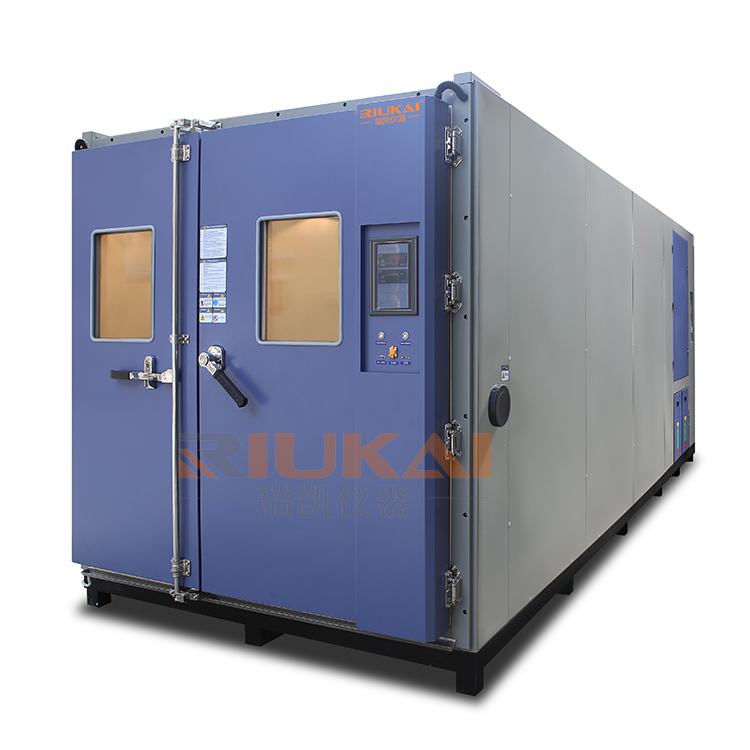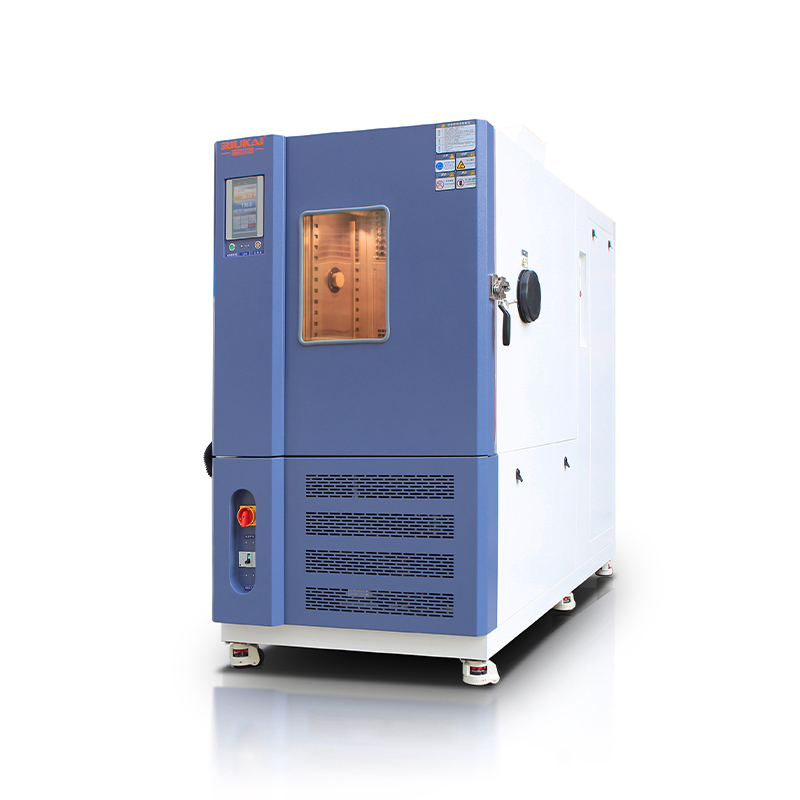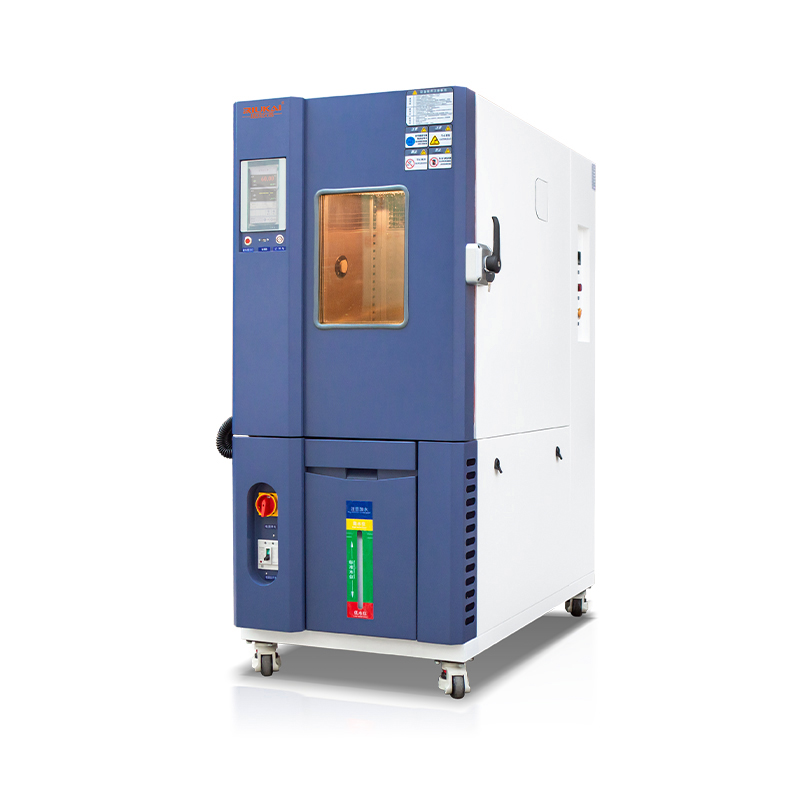Introducing Environmental Chambers
An environmental chamber is an enclosed space where environmental conditions such as temperature and humidity can be controlled. Some chambers can also simulate corrosion by introducing salt spray.The size of these chambers varies greatly depending on the type of product being tested. They range from 20 liters to 400,000 liters in capacity—large enough to test an entire truck!
What is a Climate Room Used For?
The primary function of an environmental testing chamber is to assess the performance of the products we use daily under extreme climatic conditions.For example, a car that operates well in dry climates might not function properly in high-humidity environments.Environmental chambers allow manufacturers to apply stress to their products in a controlled, singular environment.These chambers can test products under conditions ranging from continental climates with cold winters and hot summers, to Mediterranean climates with higher temperatures.When properly calibrated, environmental chambers provide reliable results that simulate the product’s performance throughout its real-life cycle.
What Can be Tested in a Climatic Chamber?
A climate chamber can test any type of product, as all products that are to be marketed must first undergo climate testing to verify the performance expected by the manufacturer or simply to comply with the official regulations set by regulatory bodies.The most common applications are:
- Automotive: Automotive components and vehicles must withstand extreme temperatures, humidity, vibration, and other environmental conditions, including testing of engines, braking systems, and on-board electronics, especially in cold, hot, or humid conditions.
- Electronics: Electronic components and devices are subjected to severe temperature, humidity and vibration testing in a variety of environments, such as mobile phones, computers, servers, and medical equipment under varying temperature and humidity conditions.
- Medical devices: Medical devices need to maintain high accuracy and stability in a variety of environmental conditions, for example, testing the effects of temperature, humidity and vibration on pacemakers, monitors, laboratory instruments, etc., to ensure that they work properly in the operating theatre, outdoors or in remote areas.
- Energy and New Energy: New energy equipment such as solar panels, wind turbines and electric vehicle batteries need to be tested for performance in extreme climatic conditions.
RIUKAI Climate Chamber
RIUKAI has over 25+ years of experience in designing climate chambers as an environmental manufacturer.Utilizing cutting-edge technology, our climate chambers can perform all climate tests according to international standards with precision and reliability. Additionally, our technicians are always available to meet the specific needs of each customer and collaboratively design customized climate chambers that fit your requirements.Contact us to receive more information about RIUKAI Climatic Chambers.


1-1.jpg)

